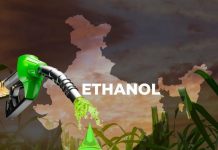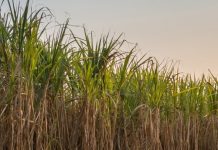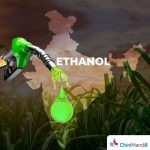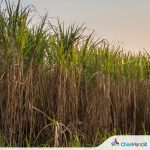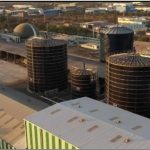Insight Focus
Mills don’t just extract sugar from cane. Bagasse, straw and molasses are common byproducts. Find out how they are used.
Making Sugar From Cane
Sugarcane is typically harvested when its sugar content reaches its maximum level. This is typically 12- 18 months after planting. Harvesting can be done by hand or by mechanical harvesters. Cane leaves are left in the field as straw.
After harvesting, sugarcane is trucked to mills to be processed as quickly as possible to preserve its sucrose content.
At the mill the cane is crushed then passed through rollers to extract its juice. The cane fibre is collected and dried and is called bagasse. The juice is then filtered, treated to precipitate impurities, then pH balanced. It’s then boiled to concentrate the sucrose through evaporation, before the thicker juice is crystallised. The resulting sugar crystals are separated from the liquid in a centrifuge. The residual liquid, now known as molasses, is a byproduct. The separated sugar crystals are dried to remove any remaining moisture, resulting in raw sugar.
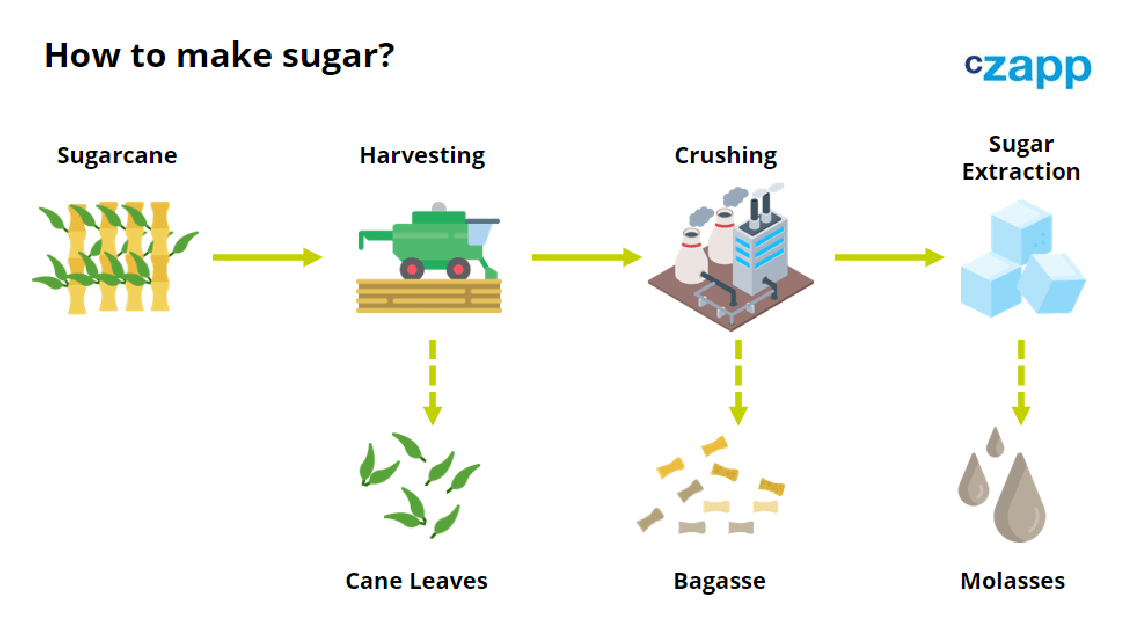
Sugar Byproducts Remain
This process creates the sugar that we are all familiar with, but it also leaves several leftover products that can be used for other purposes. These include:
Cane Leaves
Cane leaves are green, elongated foliage that grows on the stems of sugarcane plant. The leaves are characterized by their long, narrow shape and they are attached to the stems in an alternating pattern. The leaves are often left as cover on the field after harvesting, helping with weed control and eventually decompsoing and returning nutrients to the soil. However, they some of the leaves can be collected and baled in the field for use as biomass. Around 1/3 of the energy content of the cane plant is in the leaves.
CZ can help advise on best-collection practices for your farm or mill. Please contact us for more information.
Bagasse
Bagasse is the leftover cane fibre following crushing. It accounts for around 1/3 of the cane’s energy content. It is often used as a fuel source at the mill, but excess bagasse can be dried and sold for combustion as a green energy fuel. It can also be pelletised for export.
Molasses
Molasses is a thick, dark syrup which is often used to enrich or bind animal feed or fermented and distilled to make ethanol fuel. It can also be distilled to make rum or as a sweetener in its own right.
For more articles, insight and price information on all things related related to food and beverages visit Czapp.



